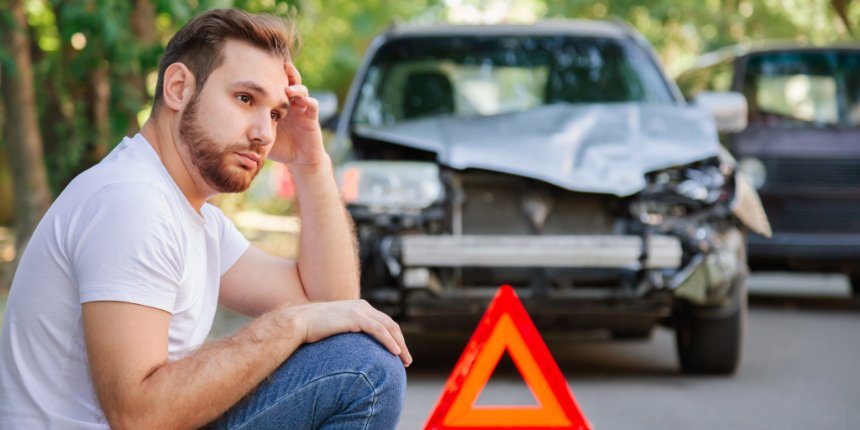It helps to know what will happen to your insurance claim after an accident. Use these tips to understand what to do and what to expect. And hopefully, you’ll be back on the road soon.
1. At the scene of the accident
If no one was hurt, move off the road. If someone was hurt or the other driver fled, call the police. Get a copy of the police report for your insurance company. If you can’t drive your car, the police will call a tow truck. You can ask to have it taken to a car lot or repair shop of your choice.
Get the following information for your claim:
- Collect the other driver’s information. Take a picture of their insurance card and driver’s license. If they don’t have an insurance card, ask for their name, phone number, insurance company name, and policy number. Give your information to the other driver.
- Take pictures. Take photos of the other cars involved, including license plates and damage. Also take photos of street signs and road angles.
- Talk to witnesses. Ask for their names and phone numbers.
- Write down the details. Include the location, time of the accident, weather conditions, and what happened.
2. After you get home
- Call your insurance company to report the accident.
- Get the name and phone number of the adjuster assigned to your claim.
- If you went to the doctor, keep the medical records and bills to present to your insurance company.
3. Getting your car fixed
Your insurance company may provide a list of repair shops, but you can take your car to any repair shop you choose. Before you drop off your car, read any contract the repair shop gives you.
Your insurance company will provide you with a repair estimate. If the repair cost is higher, the shop will send a new estimate to your insurance company. Your company will pay for the additional repairs if you agree with the estimate.
4. The other driver was at fault
If you believe the other driver caused the accident, you can report the accident to his or her insurance company. His or her insurance should pay for your car repairs, medical expenses, and rental car.
If the other insurance company doesn’t pay the full amount or refuses to pay, file a claim with your own insurance company. Your insurance company will try to recover the money, including your deductible, from the other driver’s insurance and will refund your deductible.
5. The other driver was uninsured or fled the scene
Most auto policies include collision coverage that pays for your car repairs. Your auto policy may have medical payments and personal injury protection coverage that will pay for medical expenses.
If you have uninsured/underinsured motorist coverage on your policy, it will pay for your car repairs, rental car, and pain and suffering damages. The deductible is usually lower than your collision deductible.

